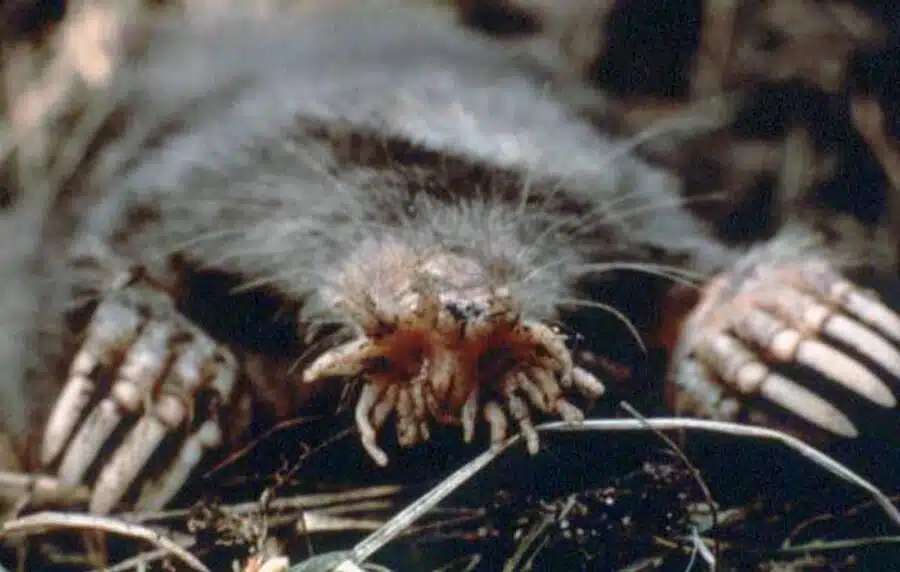In the animal kingdom, communication takes many forms. While humans rely heavily on verbal language and visual cues, some creatures have evolved to communicate almost exclusively through touch. The star-nosed mole (Condylura cristata) stands as perhaps the most extraordinary example of a mammal that navigates and communicates with its world primarily through tactile sensation. Native to the wetlands and moist soils of northeastern North America, this small, nearly blind creature has developed one of the most sensitive touch organs in the animal world—a star-shaped nose with 22 fleshy appendages that contains more than 100,000 nerve fibers. This remarkable adaptation allows the mole to process tactile information faster than any other mammal, essentially “seeing” through touch in its dark underground environment.
Anatomy of the Star: Nature’s Most Sensitive Touch Organ

The star-nosed mole’s most distinctive feature is, of course, its star-shaped nose—a marvel of evolutionary adaptation. Each of the 22 tentacle-like appendages that form the star contains Eimer’s organs, specialized touch receptors that are densely packed at about 25,000 per square centimeter. This concentration makes the star nose about six times more sensitive than the human hand, which was long considered the gold standard of tactile sensitivity. The nose’s central two tentacles, known as the “fovea,” contain the highest density of these receptors, allowing for increased sensitivity in this region—similar to how the fovea in human eyes provides the sharpest vision.
Speed Champions: The Fastest Neural Processing in Mammals

What truly sets the star-nosed mole apart is not just its sensitivity but its speed. These animals can identify and categorize objects in less than 25 milliseconds—faster than any other mammal. To put this in perspective, it takes a human about 600 milliseconds to recognize an object by touch. This incredible processing speed is necessary for the mole’s survival, as it must make split-second decisions about potential food sources while moving through its environment. Scientists have recorded star-nosed moles touching up to 12 objects per second with their nose stars, creating a continuous stream of tactile information that forms a mental “image” of their surroundings.
Social Touch: Communicating with Other Moles
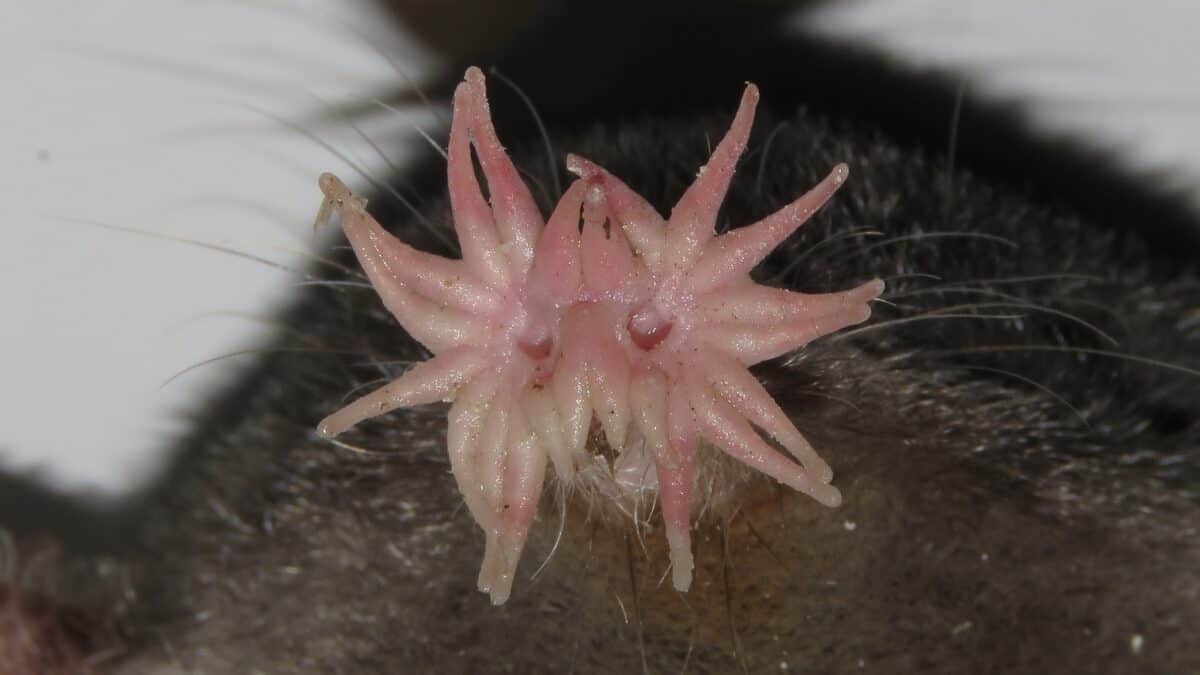
Beyond environmental navigation, star-nosed moles use their sensitive appendages for social communication. When two moles encounter each other, they engage in a complex “greeting ceremony” that involves touching each other’s star noses and bodies. This tactile exchange communicates essential information about identity, reproductive status, and dominance hierarchy. During mating season, the frequency and intensity of these touch-based interactions increase significantly, with males using specific patterns of touches to court females. These tactile dialogues represent a sophisticated communication system that operates entirely without visual or extensive vocal components.
Underwater Touch: Adapting Tactile Communication to Aquatic Environments
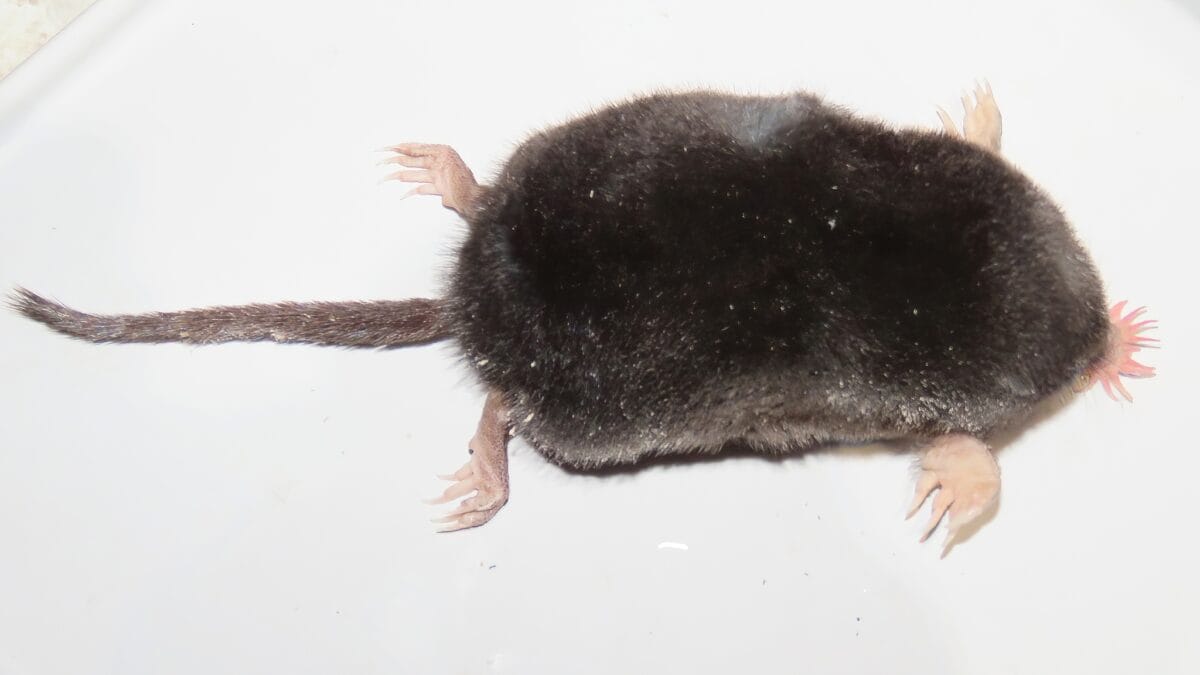
Unlike most moles, star-nosed moles are semi-aquatic and can hunt underwater, where their tactile abilities take on new importance. When submerged, these remarkable creatures can detect prey using their star nose, which continues to function effectively even in water. The mole exhales air bubbles onto objects and then quickly re-inhales them through its nose, a behavior called “bubble-sniffing.” This technique allows the mole to smell underwater while simultaneously gathering tactile information. This dual-sensory approach demonstrates how touch-based communication systems can adapt to different environmental challenges.
Mother-Pup Communication: Teaching Through Touch
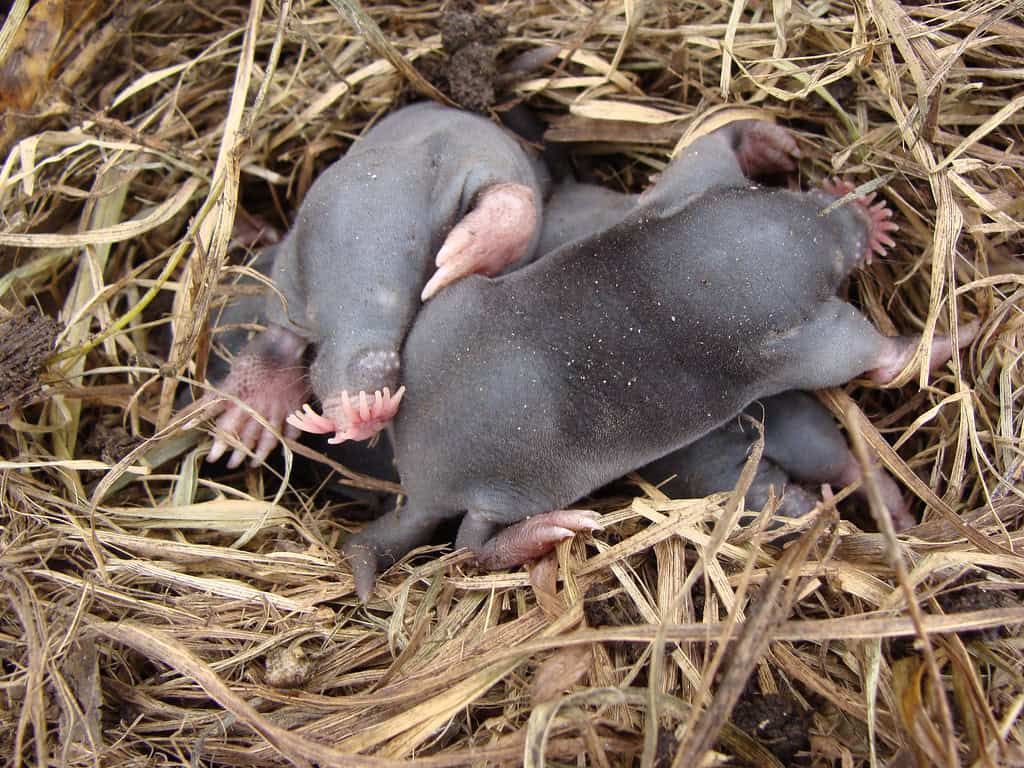
The transmission of tactile communication skills from mother to offspring represents another fascinating aspect of the star-nosed mole’s life. Newborn moles are born with partially developed star noses that mature over the first month of life. During this critical period, mother moles engage their pups in frequent nose-to-nose contact, essentially “teaching” them how to use their developing sensory apparatus effectively. This tactile education shapes the neural pathways in the developing brain, optimizing the young mole’s ability to process touch information. The mother’s touch also stimulates growth and refinement of the sensory organs themselves, demonstrating the plasticity of this remarkable system.
The Neural Basis of Tactile Communication
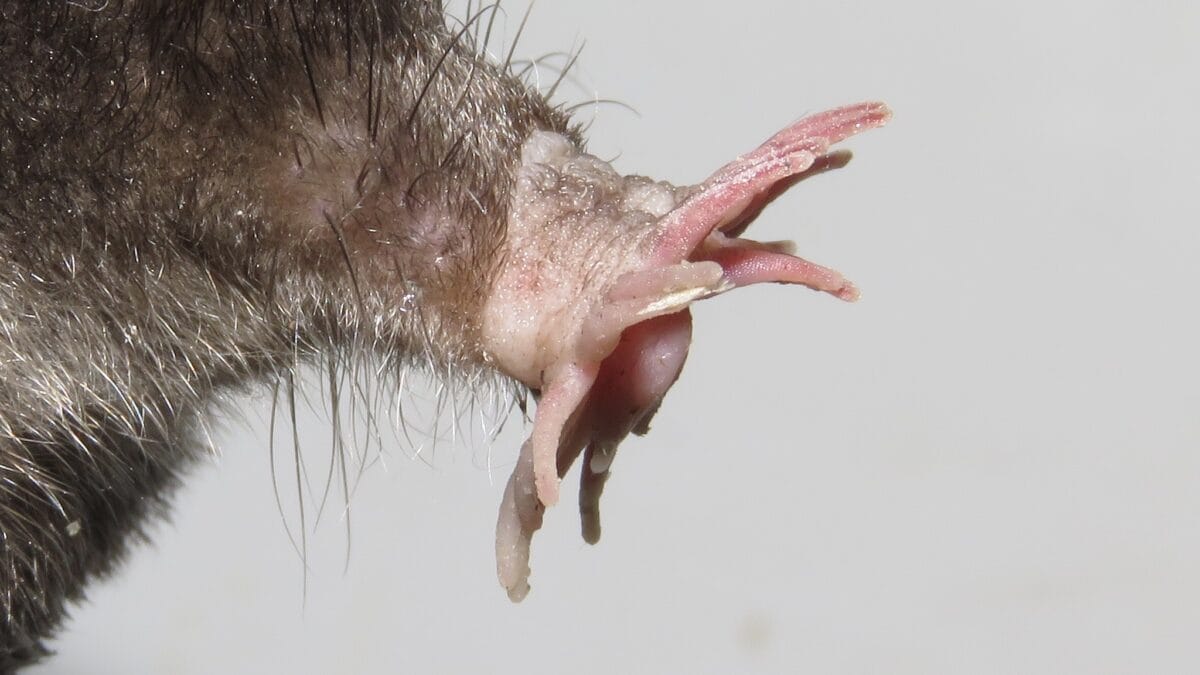
The star-nosed mole’s brain has evolved specialized regions to process the enormous amount of tactile information coming from its nose star. The somatosensory cortex—the brain region responsible for processing touch information—devotes a disproportionate amount of space to inputs from the star, creating what neuroscientists call a “magnified cortical representation.” This neural specialization mirrors what is seen in other animals with specialized sensory adaptations, such as the large visual cortex in eagles or the expanded auditory cortex in bats. The mole’s brain effectively creates a detailed “touch map” of its environment, allowing it to navigate, hunt, and communicate with remarkable precision in complete darkness.
Predator Avoidance Through Tactile Detection
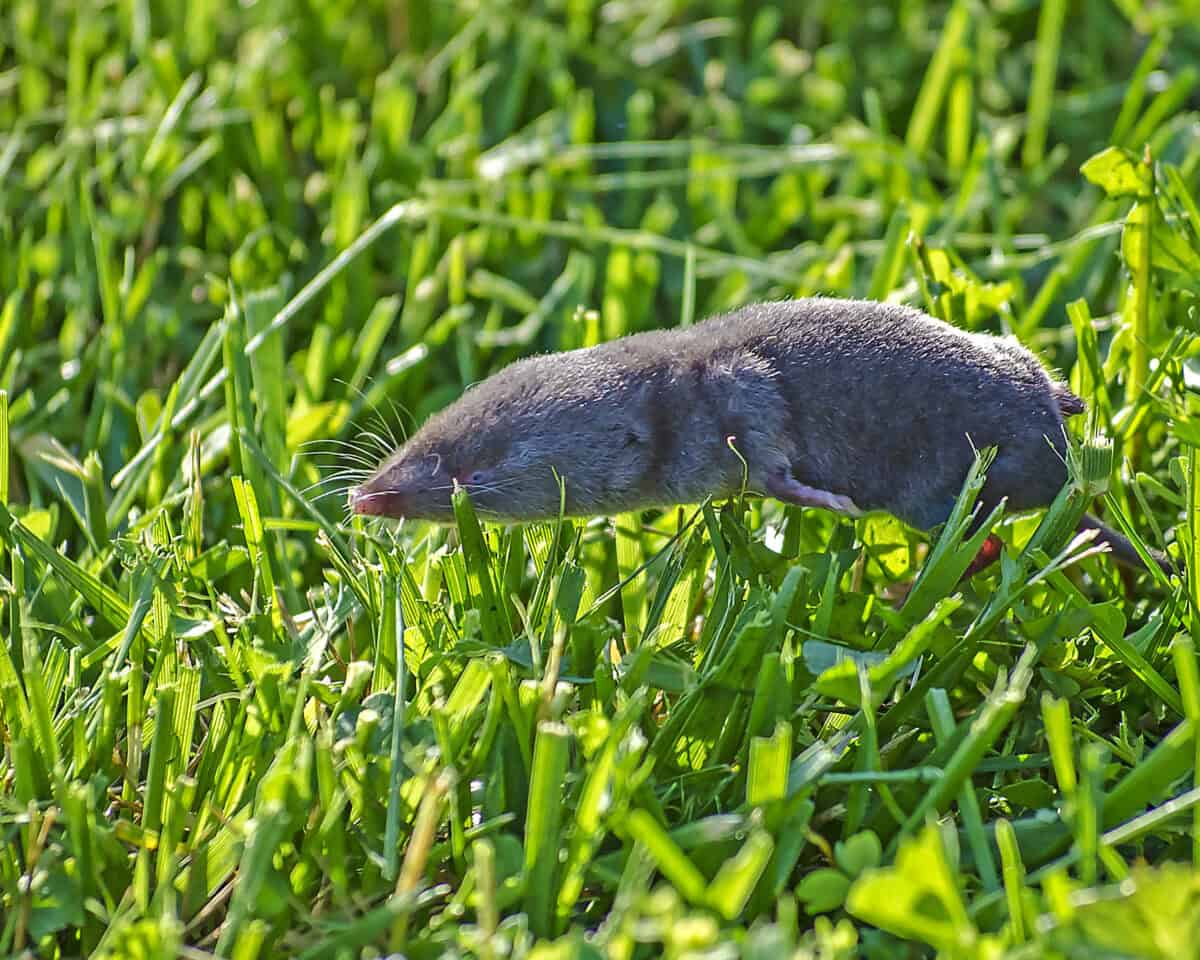
The star-nosed mole’s reliance on touch extends to predator detection and avoidance. These animals can detect subtle ground vibrations created by approaching predators such as weasels, owls, or hawks. When a potential threat is detected, moles communicate danger to others through a combination of alarm calls and, more importantly, distinctive tactile signals. When one mole detects danger, it may rapidly tap the walls of communal tunnels, creating vibrations that serve as warning signals to others. This vibration-based alarm system represents a form of tactile communication that extends beyond direct contact, allowing information to travel through the substrate of their environment.
Evolutionary Development of Tactile Communication
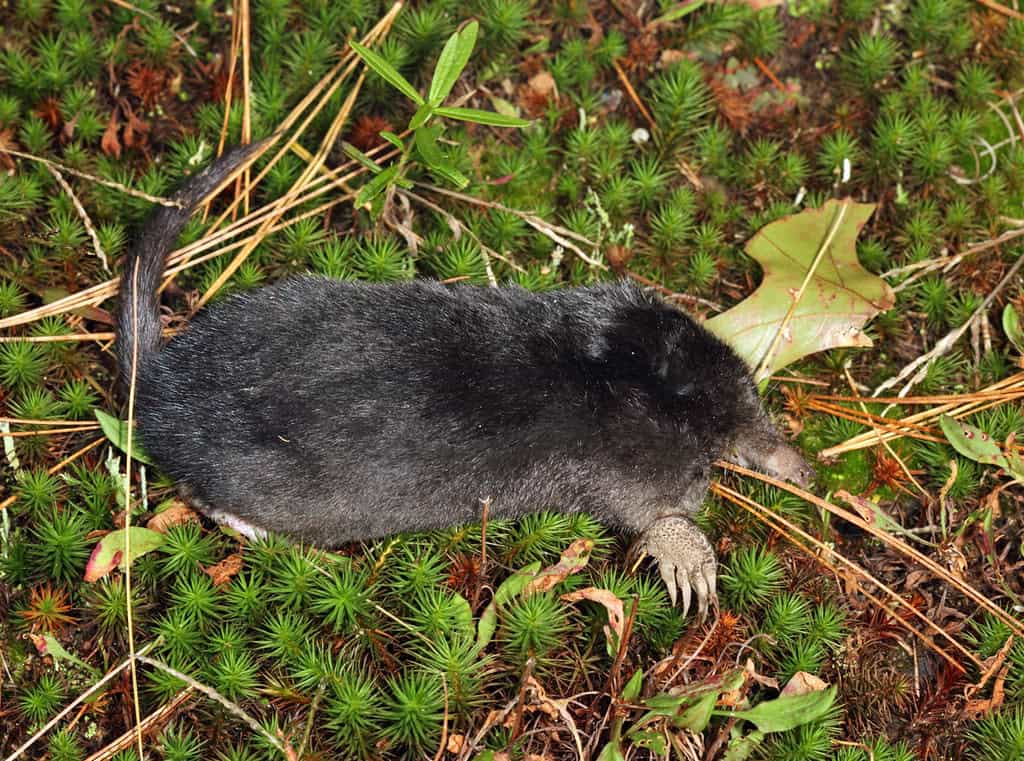
The evolution of the star-nosed mole’s unique communication system represents a fascinating case study in adaptation. Scientists believe that the star nose evolved from a more conventional mole snout over millions of years, gradually becoming more elaborate and sensitive as these animals specialized for life in wet, low-visibility environments. Comparative studies with other mole species show a progression of increasingly complex nasal structures, with the star-nosed mole representing the pinnacle of this evolutionary trajectory. This specialized adaptation allowed these animals to exploit ecological niches unavailable to other mammals, demonstrating how communication systems can drive evolutionary divergence and specialization.
The Energetic Cost of Tactile Processing
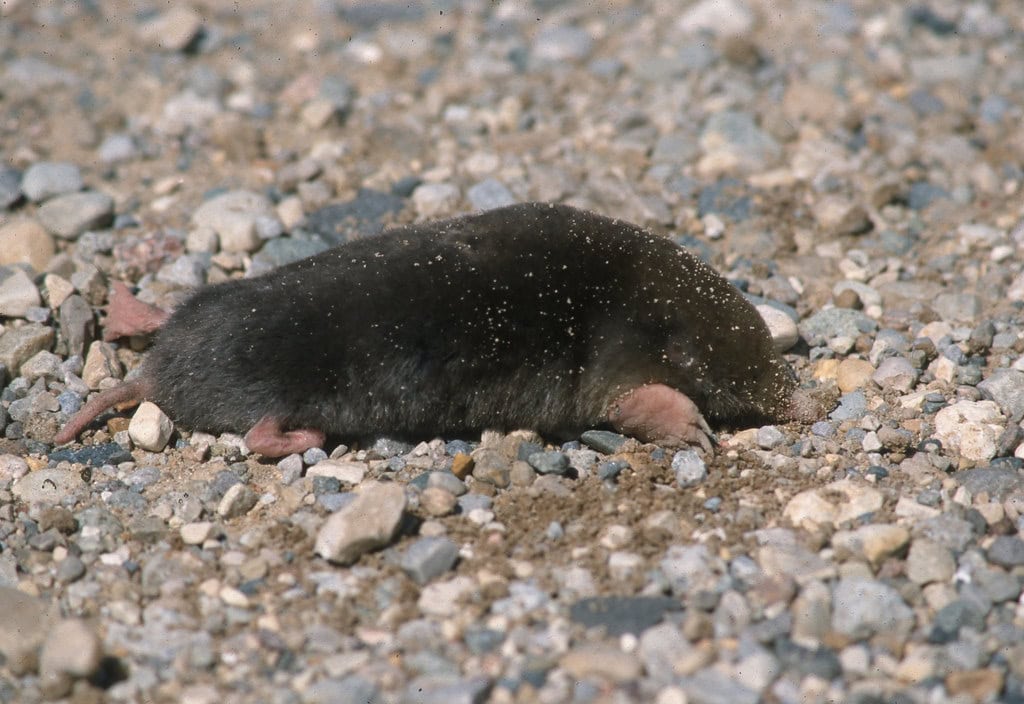
Maintaining such a sophisticated touch-based communication system comes at a considerable metabolic cost. The star-nosed mole’s brain requires significant energy to process the enormous amount of sensory information generated by its nose star. The high density of nerve endings must be continually maintained, and the rapid neural processing necessary for real-time tactile analysis demands substantial energy resources.
To support this energetically expensive system, star-nosed moles must consume approximately their body weight in food each day, primarily earthworms and small aquatic invertebrates. This high metabolic demand shapes virtually every aspect of their behavior, from hunting strategies to social interactions, illustrating how communication systems can drive ecological adaptations.
Human Applications: Learning from Nature’s Touch Specialist
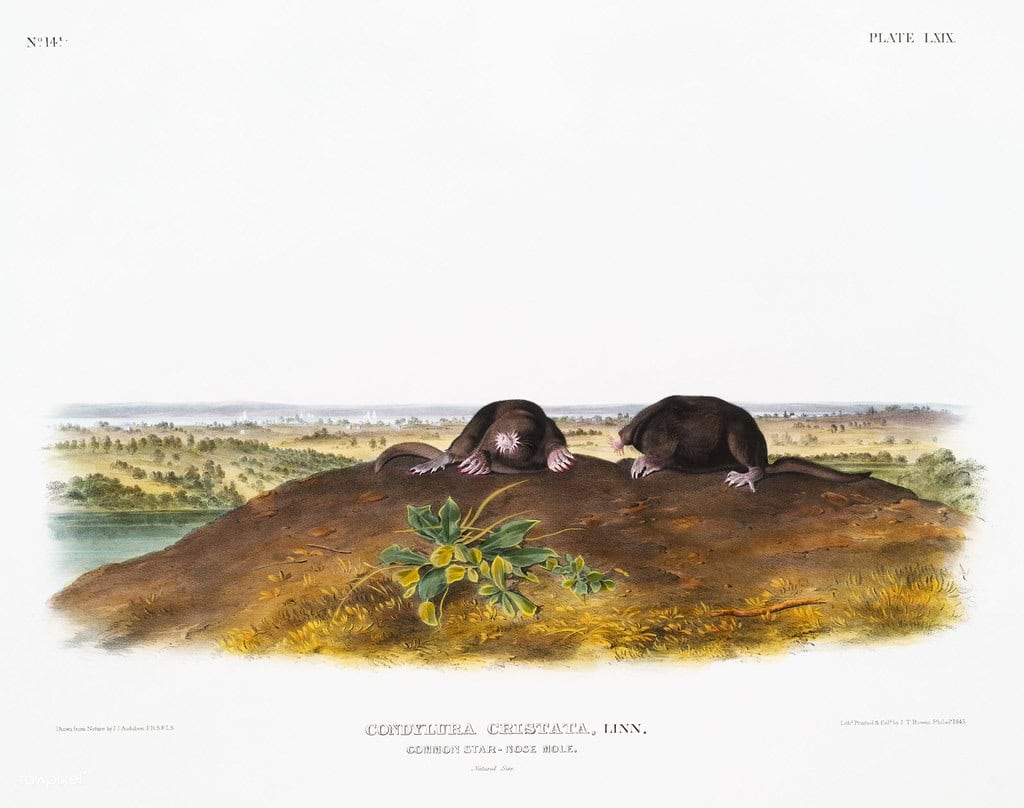
The star-nosed mole’s remarkable tactile abilities have inspired innovations in various fields. Engineers developing tactile sensors for robotics have studied the structure and function of the mole’s star nose to create more sensitive and efficient touch-detection systems. Medical researchers examining how the brain processes sensory information have gained insights from the mole’s specialized neural circuits.
Perhaps most promisingly, the principles of the mole’s tactile system have informed the development of sensory substitution devices for visually impaired humans, converting visual information into tactile patterns that can be interpreted by the brain. These applications demonstrate how understanding animal communication systems can lead to technological and medical advances that benefit humans.
Conservation Challenges for Touch-Dependent Species

While star-nosed moles are not currently considered endangered, their specialized communication system makes them particularly vulnerable to certain environmental threats. Wetland drainage and pollution can degrade the moist habitats these animals depend on, while climate change may alter the distribution and abundance of their prey. Additionally, environmental contaminants that affect neurological function could potentially interfere with the mole’s sophisticated tactile processing abilities. Conservation efforts focused on maintaining healthy wetland ecosystems benefit not only star-nosed moles but also the broader communities of organisms that share these habitats. Protecting these remarkable animals requires understanding and preserving the environmental conditions that support their unique communication system.
Conclusion: The Remarkable World of Tactile Communication
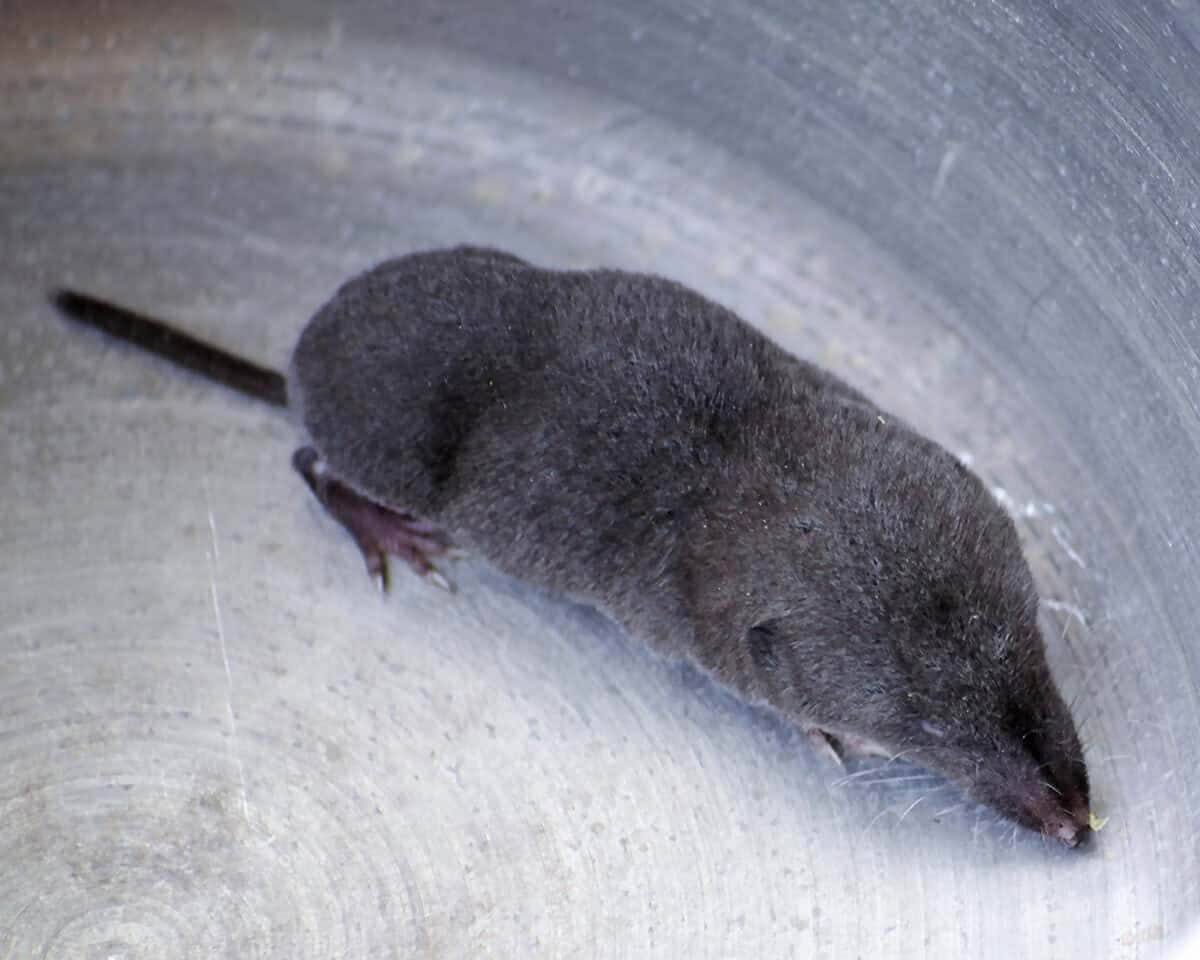
The star-nosed mole represents one of nature’s most extraordinary examples of specialized sensory adaptation, demonstrating how evolution can shape communication systems to meet the challenges of specific environments. Through its remarkable star-shaped nose, this small mammal has developed a communication and sensory system that operates primarily through touch, allowing it to thrive in dark, wet environments where vision offers little advantage.
The sophistication of this tactile system—from its anatomical structures to its neural processing capabilities—reminds us of the incredible diversity of communication strategies that have evolved across the animal kingdom. As we continue to study these remarkable animals, we not only gain insights into the biology of sensory systems but also draw inspiration for human technologies that might help us better connect with our own environment.
- This Fish Has the Most Teeth in the Ocean—And Uses Them Well - August 9, 2025
- How Wolves Use Group Howls to Reunite With Pups - August 9, 2025
- 12 Dog Breeds That Form the Deepest Emotional Bonds with Their Owners - August 9, 2025

